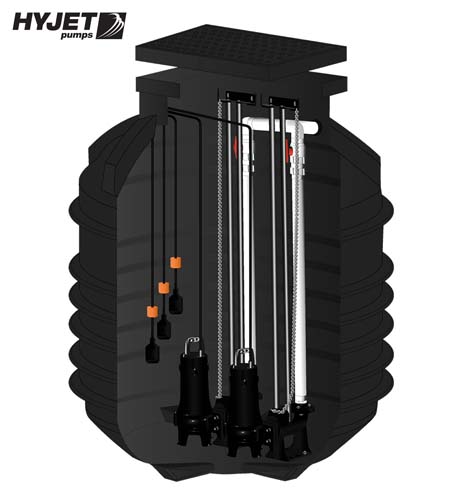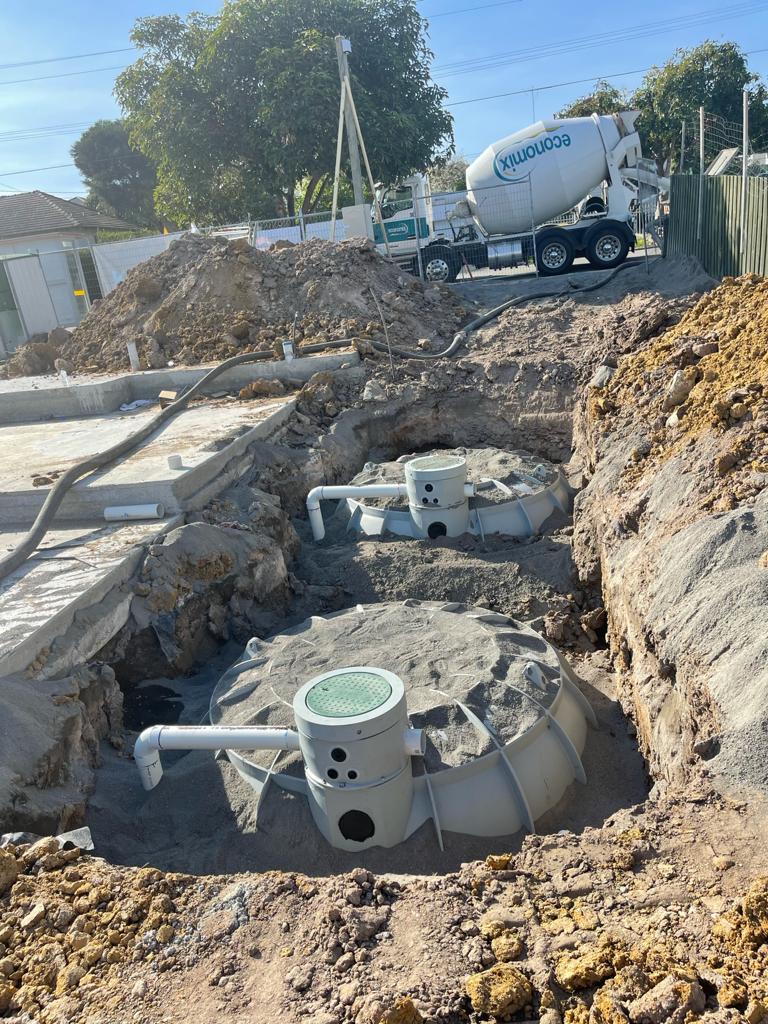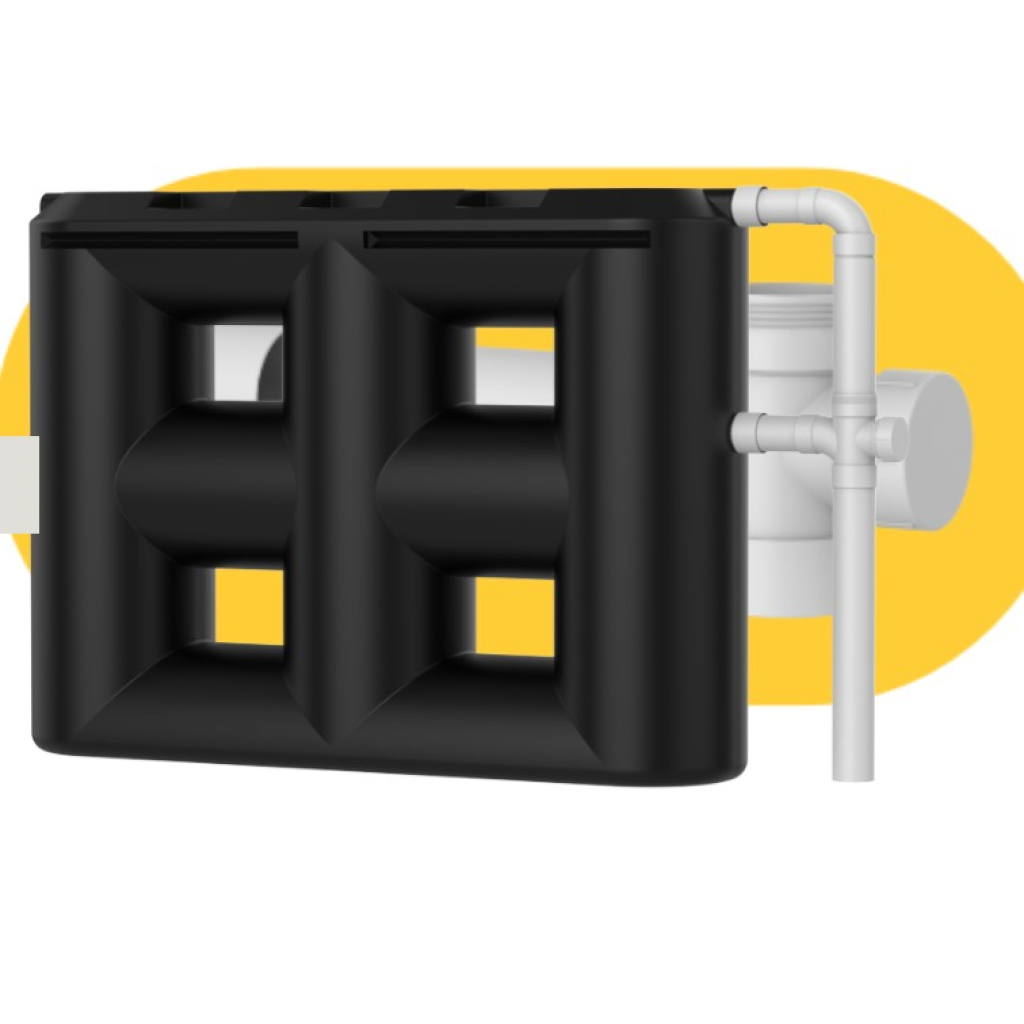Pumping Stations are designed to help transfer water/sewerage cost efficiently when gravity is in-sufficient.
Most pump stations will require a pump/s to transfer water. Often combined with float switches for automatic engagement. Pump Stations are being called up in many new build projects throughout Melbourne, Sydney and Canberra at a greater rate.
Pump Stations are also very popular in stormwater management.
The underground polyethylene tank will be sufficient for water management, sewerage, retention and harvesting for domestic, industrial and commercial application.
Pumping Stations can be single or dual pump.
Popular Sizes
Pump wells come in many sizes but the most common is the following:
2000 Litre
3000 Litre
8000 Litre
10,000 Litre
The benefits of a pre-plumbed option
Time is money!. Read the rest











